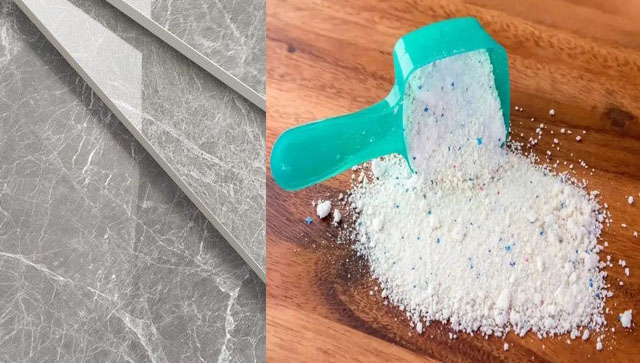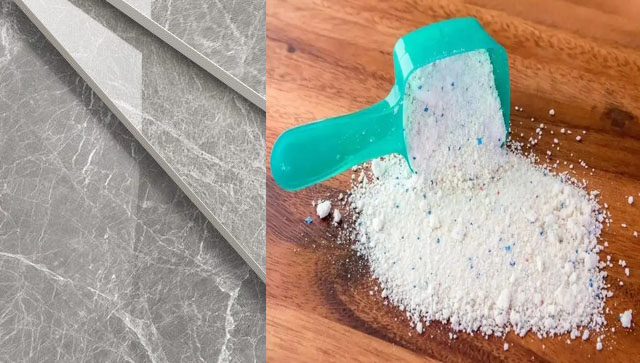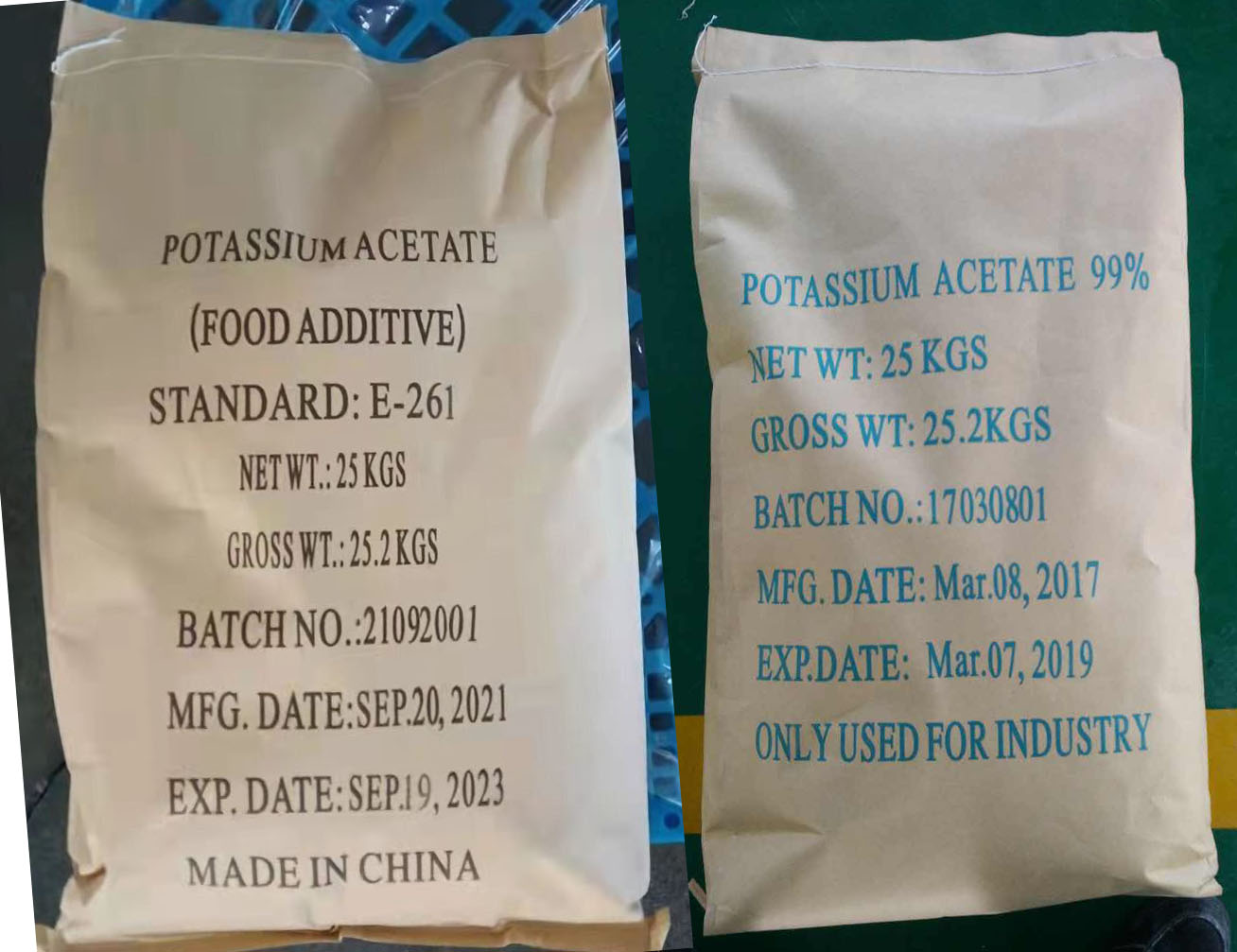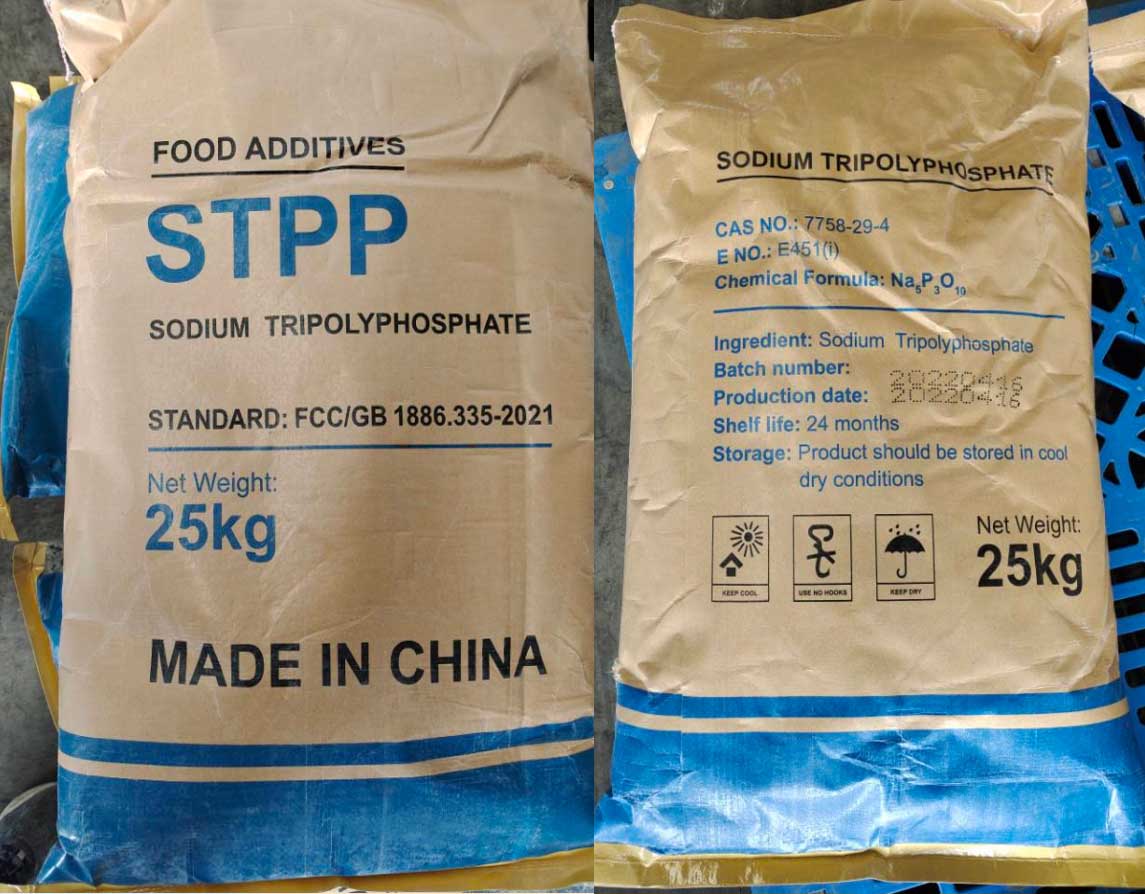Potassium carbonate, also known as potash or pearl ash, is a white, odorless, and hygroscopic powder. It has a long history of use in various industries, including food processing, where it serves as a versatile additive. One of its notable applications is in the baking industry, where it is used as a flour additive to enhance the quality and characteristics of baked goods. This article will explore the functions, benefits, and considerations of using potassium carbonate as a flour additive.
Chemical Properties and Safety
Potassium carbonate (K2CO3) is an inorganic compound with a molecular weight of 138.21 g/mol. It is soluble in water and forms a strongly alkaline solution. In the context of food safety, potassium carbonate is generally recognized as safe (GRAS) by regulatory bodies such as the U.S. Food and Drug Administration (FDA). However, it is important to handle it with care due to its alkaline nature, which can cause skin and eye irritation if not properly managed.
Functions in Baking
1. pH Adjustment: One of the primary functions of potassium carbonate in baking is to adjust the pH of the dough. By increasing the alkalinity, it helps to create an environment that is conducive to the leavening process. This is particularly useful in products like pretzels, bagels, and certain types of bread, where a higher pH can improve the texture and flavor.
2. Leavening Agent: Potassium carbonate can act as a leavening agent when combined with an acid. When mixed with ingredients like tartaric acid or citric acid, it produces carbon dioxide gas, which causes the dough to rise. This reaction is similar to the one that occurs with baking soda (sodium bicarbonate), but potassium carbonate provides a more controlled and consistent leavening effect.
3. Texture Improvement: The addition of potassium carbonate can significantly improve the texture of baked goods. It helps to create a more open and porous crumb structure, which is desirable in many types of bread and pastries. This results in a lighter, fluffier, and more tender final product.
4. Color Enhancement: Potassium carbonate can also enhance the color of baked goods. For example, in pretzels, it is often used to give them their characteristic golden-brown color. This is achieved through the Maillard reaction, which is accelerated by the alkaline conditions created by the potassium carbonate.
5. Flavor Enhancement: In some cases, the use of potassium carbonate can enhance the flavor of baked goods. It can help to bring out the natural flavors of the ingredients and contribute to a more complex and appealing taste profile. This is especially noticeable in products like cookies and crackers.
Usage and Considerations
When using potassium carbonate as a flour additive, it is essential to follow the recommended usage levels. Excessive amounts can lead to an overly alkaline dough, which can result in a bitter taste and poor texture. Typically, the amount of potassium carbonate added to flour is very small, often in the range of 0.1% to 0.5% by weight of the flour.
It is also important to consider the specific type of baked good being produced. Different products may require different amounts of potassium carbonate, and the optimal level can vary based on factors such as the type of flour, the other ingredients, and the desired end result. Conducting small-scale trials to determine the best formulation is a common practice in the baking industry.
Comparison with Other Additives
While potassium carbonate is an effective flour additive, it is not the only option available. Other common additives include sodium bicarbonate (baking soda), calcium carbonate, and ammonium bicarbonate. Each of these has its own unique properties and applications. Sodium bicarbonate, for example, is a widely used leavening agent, but it can leave a slightly salty aftertaste if used in excess. Calcium carbonate is often used as a source of calcium and can also affect the texture of baked goods. Ammonium bicarbonate is another leavening agent that decomposes at lower temperatures, making it suitable for delicate baked goods.
Regulatory and Health Considerations
The use of potassium carbonate in food products is regulated by various agencies around the world. In the United States, it is listed as a GRAS substance, meaning it is generally considered safe for use in food. However, manufacturers must ensure that the levels used are within the accepted limits and that the product is labeled appropriately. In Europe, potassium carbonate is approved for use as a food additive under the E number E501.
From a health perspective, potassium carbonate is not typically a concern when used in moderation. However, individuals with kidney problems or those on a low-potassium diet should be cautious




